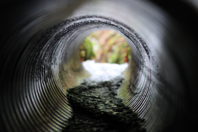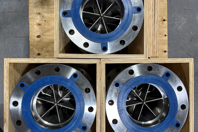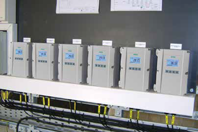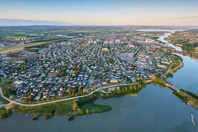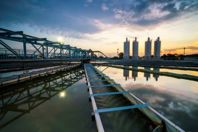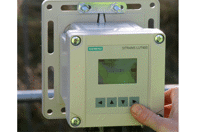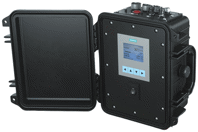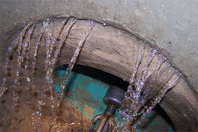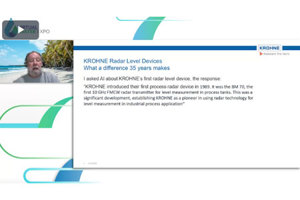WASTEWATER FLOW CONTROL RESOURCES
-
Strategic flow monitoring helps wastewater utilities curb overflows, cut costs, and safeguard public health by turning accurate data into proactive action.
-
Wastewater plants are made up of a series of interconnected processes, each one dependent on accurate data. Turbine flow meters can be installed at several stages to provide operators with real-time, trustworthy flow information.
-
If a pipe in a wastewater treatment plant is only 50% filled, it doesn't matter whether you call a glass half full or half empty. When it comes to measuring the liquid in that pipe, either way presents a significant problem.
-
Read about how Welsh Water sought innovative solutions, exploring clamp-on technology for accurate sewage flow measurement.
-
The sole role of automatic water level controllers is to automatically maintain the reservoir or tank's water level within the range you want. These devices are comprised of a control unit with a pump or valve as per the build-up and sensors. You can find the sensors at different levels, which will help you trace the water level.
-
The water-rich municipality of Lillestrøm was looking for a way to acquire more useful data to ensure decision-making and use of resources were as efficient as possible. Implementing a centralized artificial intelligence (AI) software has transformed water management and analytics for the better.
-
In this white paper, discover how digital measurement is helping to maximize wastewater treatment efficiency.
-
With millions of liters of water treated, accuracy and reliability are a necessity for a municipal water system. Learn about the instruments that they use to meet their needs.
-
Learn about a municipal wastewater treatment facility located in Louisiana that was having problems with its clamp-on ultrasonic flow meter, and how the issue was resolved.
-
Discover how you can combat inflow and infiltration from the inside out.
FLOW CONTROL AND MEASUREMENT
Flow measurement can be defined as quantification of the movement of water in a given channel. Flow can be measured either by determining the displacement and/or Velocity of the water. Water meters usually control measure and display total usage in cubic meters, on either mechanical or electronic registers.
Flow can be divided into two main flows which are: Open channel flow and Closed conduit flow. Flow is controlled by use of valves at intervals to either to slow down, allow faster flow or completely shut down the flow. Some water meters usually perform both the function or making readings and controlling flow while others just conduct measuring only.
Meters for reclaimed water contain special lavender register covers show that the water is non-potable. Velocity-type meters measure the velocity of flow through a meter of a known internal capacity. The speed of the flow can then be converted into volume of flow for usage. Since Multi-jet meters are usually very accurate in small sizes they are normally used for residential and smaller commercial uses. Turbine meters are not as accurate as jet meters and displacement meters at low flow rates.
A compound meter is used where high flow rates are necessary. Magnetic flow meters are a velocity-type water meter, except that they use electromagnetic properties to determine the water flow velocity. In water treatment plants, measurement and control devices can be installed in the following locations: within interceptors or manholes, the head of the plant, in the force mains that lead to main tanks etc. Automatic Meter Reading has compelled producers to build pulse or encoder registers to provide electronic output for radio transmitters, reading storage devices, and data logging devices.

